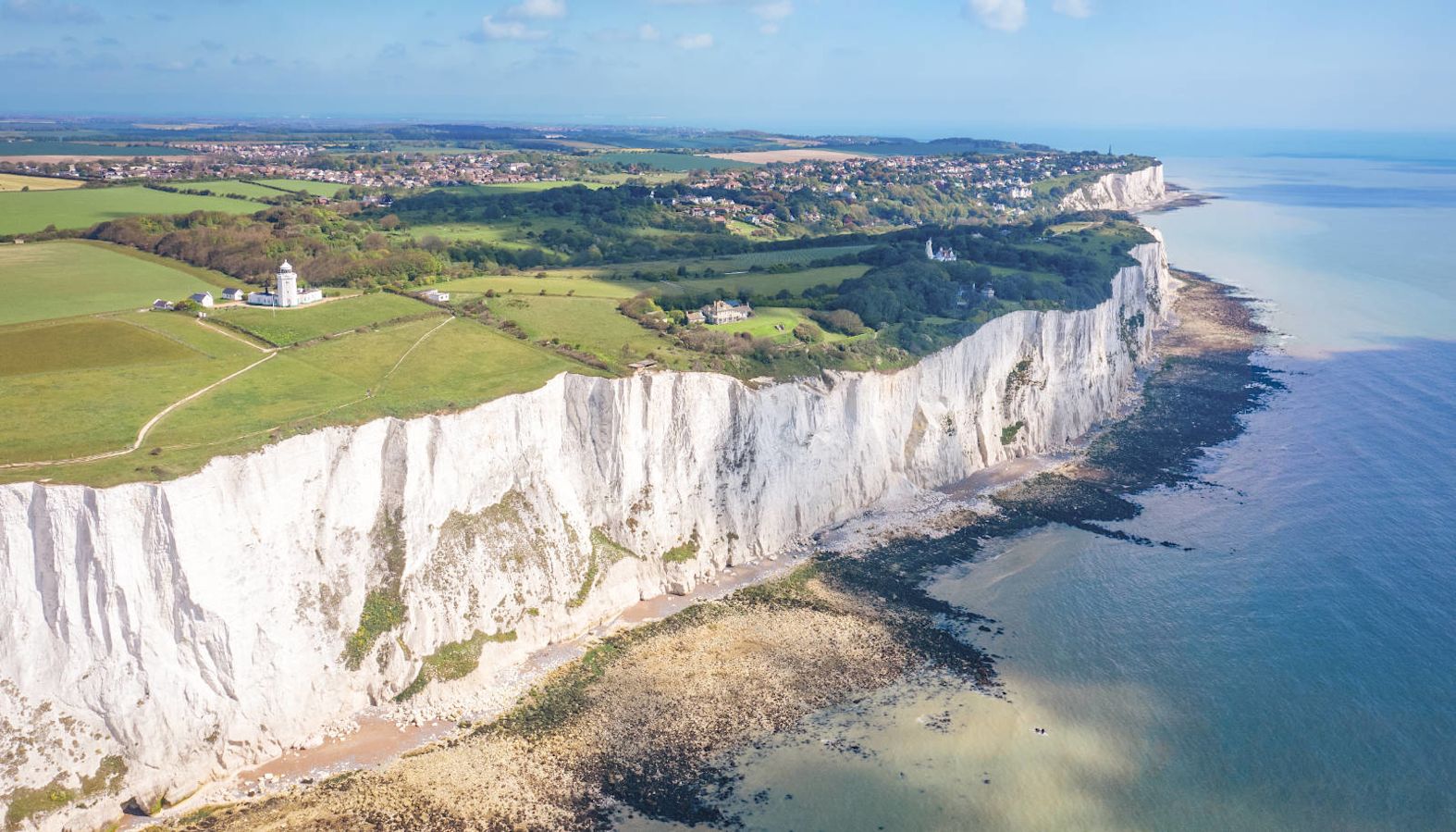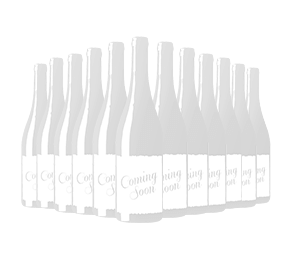Chat with Vinny
Once considered a novelty, English wines have been quietly gaining international acclaim, reflecting a consistent rise in quality. But what is it about this homegrown fizz that makes it so special? Let’s pop the cork and dive in to discover more.
With more than 900 vineyards and over 195 wineries, English wine is on a roll. In 2022, English winemakers made an impressive eight million bottles of sparkling wine and recent accolades have even seen top-tier English fizz compared to their prestigious Champagne counterparts.
Thanks to a landscape very similar to Champagne, southern England (Sussex and Kent in particular) has become a hub for these Quality Sparkling wines. The parallels between the two regions – in terms of climate and soil conditions – make southern England the place to find sparkling wines with depth, complexity and a signature mineral, crisp acidity.
Iconic producers such as Nyetimber, Gusbourne and Ridgeview have been leading the English sparkling wine revolution from these regions. Their wines have consistently outperformed, even in blind tastings against prestigious Champagnes, showcasing the true potential of English wine.
Although production volumes here may be modest compared to the established French Champagne houses, the demand for the best English sparkling wine is surging.
Where the best English sparkling wines are made
Grapevines were first introduced to England during Roman times, with evidence of ancient vineyards found in Northamptonshire, Cambridgeshire and Lincolnshire.
While vineyards still pepper the English landscape from Cornwall to Yorkshire, the heartland of English sparkling wine is the south of England.
The chalky soils of Kent, Sussex, Surrey and Hampshire, similar to those of Champagne, are today ideal for the cultivation of Chardonnay, Pinot Noir and Pinot Meunier – the three classic Champagne grape varieties.
Hampshire
In the middle of the south coast of England, you’ll find Hampshire. Here, vineyards are planted along the chalky, rolling hills of the South Downs. The county is home to Hattingley Valley, newcomer Black Chalk, and England’s oldest commercial vineyard – Hambledon, founded by Francophile Sir Guy Salisbury-Jones in 1951. He thought ahead of the curve and realised the potential in the region for producing world-class sparkling wine. Famous Champagne house Pommery owns the Pinglestone vineyard in Hampshire, making sparkling wine under the Louis Pommery England brand.
Kent
Affectionately known as the ‘Garden of England’, Kent is a winemaking haven of gentle hills. It’s the birthplace of top English sparkling winemakers, including Gusbourne, Chapel Down and Balfour. The nutrient-rich soils in this county vary in composition from clay to sand to shale and to chalk. Sparkling wines from Kent are best known for their apple and elderflower aromas and taste like the English countryside in a glass. Kent has been deemed so suitable for wine production that iconic Champagne producer Taittinger planted vines in the county in 2017 at Domaine Evremond.
Surrey
With chalky soils identical to those found in the Champagne region of France, the Surrey winemaking region stretches from Farnham to the White Cliffs of Dover. The sunny climate and free-draining soil make it the ideal region for producing some of England’s finest sparkling wines. The county is home to several leading vineyards, including the Albury, Greyfriars and Denbies in Dorking (England’s largest vineyard). Sparkling wines from Surrey have a bright acidity and citrus flavours, along with a characteristic flinty minerality.

Sussex
One of the sunniest spots in the UK, Sussex winemakers are a leading light in English sparkling wine. Situated in the southeast of England, the region is divided into two – East Sussex and West Sussex – and is home to several big-name wineries, including Nyetimber, Ridgeview and Rathfinny. In 2022, Sussex wine was granted PDO status – the first region in England to achieve the accolade, giving it the same legal status as Jersey Royal potatoes, Cornish clotted cream and Stilton cheese. Sussex's mainly limestone chalk soil gives the sparkling wines a minerality that reminds some of licking a wet pebble.
What makes English sparkling wine unique?
The south of England is ideal for sparkling wine production, thanks to its coastal climate, miles of chalk soils and a high number of sunshine hours – all of which allow the wine grapes to ripen at an even, slow pace. Compared to the climate in Champagne, the cooler English air allows the grapes to stay on the vine longer and produces grapes with a racy acidity – perfect for making sparkling wine. This also gives English sparkling wine its signature flavour, similar to biting into a sharp, juicy Granny Smith apple.
How English sparkling wine compares to Champagne
English sparkling wine and Champagne have a lot in common – from the chalky soils in which their vineyards are planted to the three grapes used in their production – Chardonnay, Pinot Noir and Meunier. Both types of sparkling wine are also made using the traditional method, with their bubbles a result of secondary fermentation inside the bottle.
In many places the English climate is similar to that of Champagne 20-30 years back. The relatively cool temperatures of England foster a long growing season that allows the grapes to ripen slowly, developing an impressive balance of acidity and fruit intensity. This results in wines that are fresh, vibrant, and complex, with more intense lemon and green apple flavours and a characteristic minerality imparted by the chalky soils.
What does English sparkling wine taste like?
The hallmark of English sparklers is their racy acidity, with apple, pear and citrus notes balanced, when given time in bottle, with richer flavours of toasted brioche and roasted nuts.
A perfect example of this delicate balance of citrus, stone fruit and toasty flavours is Harrow & Hope's Brut Reserve

When to serve English sparkling wine
Like Champagne, English sparkling wines are only released around 5 years after the vintage, so require a high level of investment, as well as painstaking care in the making of them. This means they rarely come cheap! So, often they will be served at a special occasion.
Their bright bubbles, lighter body and refreshing flavours make them an ideal aperitif before a meal, but can hold their own paired with seafood – think oysters, scallops and smoked salmon. A traditional roast chicken or turkey also pairs beautifully with the wine's acidity cutting through the richness of the meat. For vegetarian options, try an English sparkling wine with a mushroom risotto or a goat cheese salad; the earthy flavours work wonderfully with the brightness of the wine.
English sparkling wine also pairs surprisingly well with quintessentially British dishes like fish and chips, the acidity acting as a palate cleanser against the fried food, much like vinegar.
About the author
Brogan Wilson
Qualified to WSET Level 2 Wine, Brogan is a relatively new member of the team, having joined in September 2023. She previously worked as the sole copywriter at a creative marketing agency, and before that, as a primary school teacher. At Laithwaites HQ, you’ll find her growing her knowledge, asking lots of questions, and crafting both digital and print copy. An ardent red wine drinker, Brogan is also fond of Crémant.

